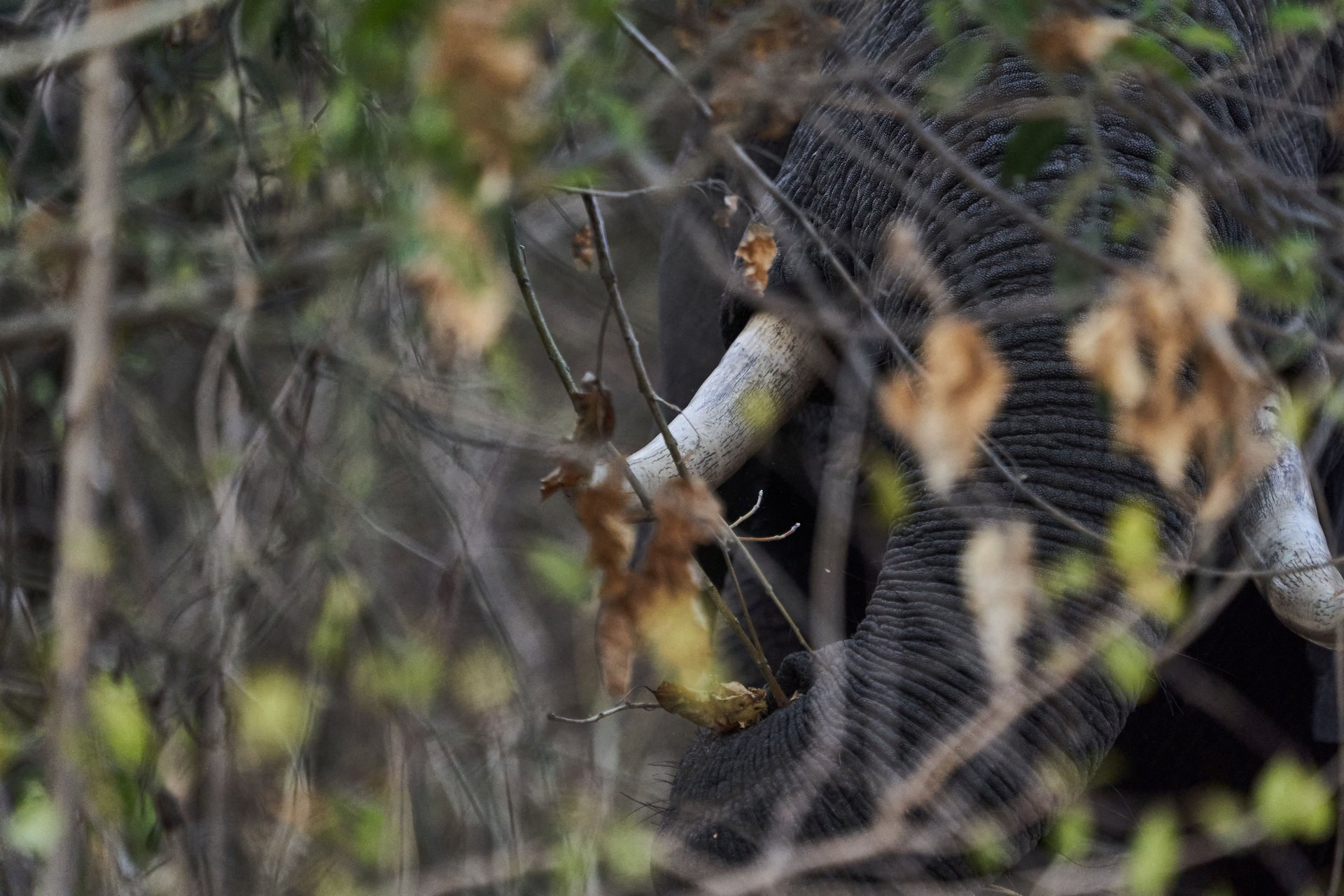African civil society organizations are being locked out of conservation funding
African conservation organizations are being shut out of global green finance, according to a new report by Maliasili and Synchronicity Earth—two organizations working to increase social justice in conservation issues in Africa.

African conservation organizations are being shut out of global green finance, according to a new report by Maliasili and Synchronicity Earth—two organizations working to increase social justice in conservation issues in Africa.
Despite African grassroots conservation groups being key to protecting the continent’s rich biodiversity, the report found that Globally Indigenous Peoples and local community organizations receive less than 1% of all climate funding. African entities receive only 5% to 10% of private philanthropic funding invested in all of Africa.
The report was published at the IUCN Africa Protected Areas Congress (APAC) which took place last week in Kigali, Rwanda. The meeting brought together delegates to set out plans for protecting Africa’s nature in the face of threats from climate change, urbanization and population growth.
Africa is disproportionately affected by climate change
Despite being the smallest contributor to greenhouse gas emissions, Africa stands to be the most heavily affected by climate change. It is estimated that by 2100, climate change alone could cause the loss of over half of African bird and mammal species and result in significant losses of African plant species.
However, many of the continent’s protected areas lack adequate and consistent funding.
“To properly manage a protected area, you need about $1,000 per square kilometer. Currently, in Africa, we have an average of $50 per square kilometer,” said Kaddu Sebunya, president of the Africa Wildlife Foundation.
Despite this, the report says that smaller African-led groups are hindered by the way global conservation finance is set up, coined as ‘colonial’ funding models by some African Civil Society Organizations (CSOs).
With some reporting that as much as 70% of Africa’s conservation cost comes from donors, the complex funding mechanisms may have a significant impact on the continent’s ability to address the escalating biodiversity crisis.
“Funders must listen to their potential grantees and understand their needs and priorities. Grants that are top-down are not sustainable and impactful,” said Dr. Gladys Kalema-Zikusoka, founder and CEO of Conservation Through Public Health in Uganda, an NGO focusing on the interdependence of wildlife and human health in and around Africa’s protected areas.
Global conservation’s colonial mentality
The report found that organizations struggled with complex requirements, a focus on short-term projects not long-term running costs, and a preference to fund a few larger intermediary international organizations over many smaller ones.
Approximately 73% of CSOs involved in the research cited insufficient funding and 71% cited short-term funding as problems they face, while 83% called for more flexible or unrestricted funding.
Some CSOs also cited racial bias as a barrier for accessing finance, noting that white conservation leaders working on the continent have preferential access to finance.
“We cannot hope to address conservation and environmental challenges in Africa today if we can’t get the right kind of investment to the most talented and effective organizations in the field,” said Fred Nelson, CEO of Maliasili.
“Conservationists need to come together to improve funding practices, partnerships between funders, international organizations and local groups, and develop more effective and efficient funding mechanisms.”
While APAC launched a new funding initiative during the conference—A Pan-African Conservation Trust (A-PACT)—which is seeking $200 billion for Africa’s 8,500 protected and conserved areas, there are concerns that indigenous groups could be left out of the decision-making process.
“Right now there is a strong argument that much funding in African conservation is not used in optimal ways, it doesn’t go to the right organizations that are close to the ground and best positioned to achieve the most impact,” Nelson told Quartz “We need to at least do better with the resources we have, even as we try and also mobilize more funding for conservation.”